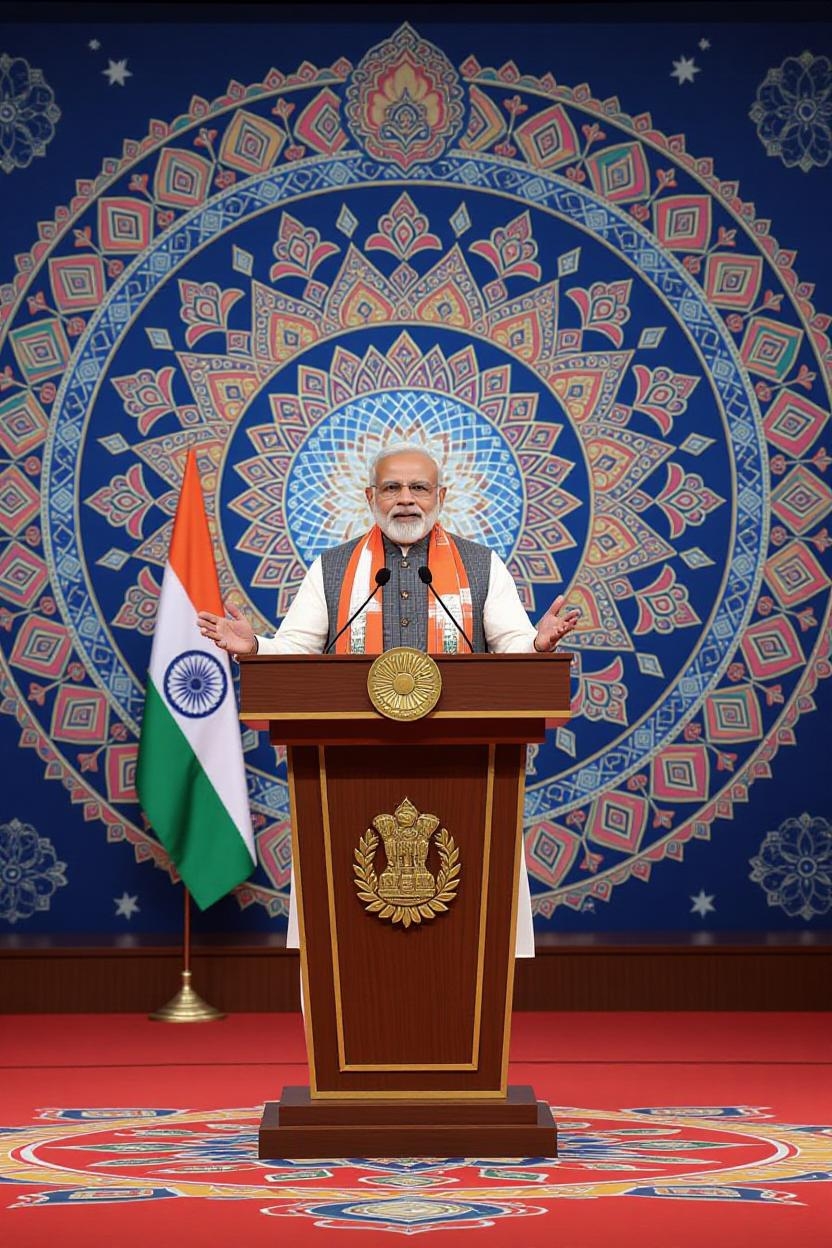Prime Minister Narendra Modi’s announcement of the “GST Bachat Utsav,” beginning from the first day of Navratri on September 22, 2025, signals a historic reform that promises to simplify India’s indirect tax system while providing tangible benefits to consumers, MSMEs, and businesses across the country.
These reforms, flagged as “GST 2.0,” overhaul the existing tax framework by reducing the number of GST slabs from four to two: 5% and 18%. Nearly 99% of items previously taxed at 12% have been moved to the lower 5% slab, and about 90% of items in the 28% slab now attract an 18% tax rate. Luxury and sin goods—including tobacco products, pan masala, sugary aerated drinks, luxury vehicles, yachts, and helicopters—are assigned a new 40% tax slab.
This rationalization aims to address the complexity and inverted tax structures that had long caused classification disputes and pricing anomalies.Modi ji described this change as a “GST saving festival,” emphasizing that it will bring substantial relief to the poor, neo-middle class, and middle-class households by lowering taxes on essential goods, healthcare, agricultural products, and many everyday items.
Coupled with recent income tax exemptions raised to Rs 12 lakh, this double advantage will increase disposable income and consumption power for millions of Indians.
The reforms are also geared towards MSMEs, simplifying compliance through digital tax filings, faster refunds, and easier registrations, thereby reducing operational burdens. Experts believe these measures will stimulate domestic demand, strengthen household budgets, and catalyze economic growth, particularly in rural and semi-urban India.
Modi ji also encouraged MSMEs to leverage this reform by manufacturing products with “Aan, Baan, and Shaan” — pride, honor, and glory — that showcase Indian innovation and global competitiveness. He appealed to state governments to foster conducive environments for investment and manufacturing, making the vision of Atmanirbhar Bharat a shared mission.
Economists indicate that these reforms could reduce inflationary pressures by easing the tax burden on essential goods while ensuring a stable and compliant tax ecosystem that supports sustainable growth. Although the government may face a short-term revenue loss estimated at around ₹48,000 crore, the anticipated surge in demand and tax compliance is expected to offset this over time.
By streamlining GST slabs and enhancing tax transparency, PM Modi’s GST reforms aim to realize the “One Nation, One Tax” dream more fully while empowering consumers, businesses, and the economy ahead of Diwali festivities.
The GST Bachat Utsav, therefore, represents not only a festival of savings but also a celebration of economic resilience and the path toward greater self-reliance.
Discover more from Newz Quest
Subscribe to get the latest posts sent to your email.

